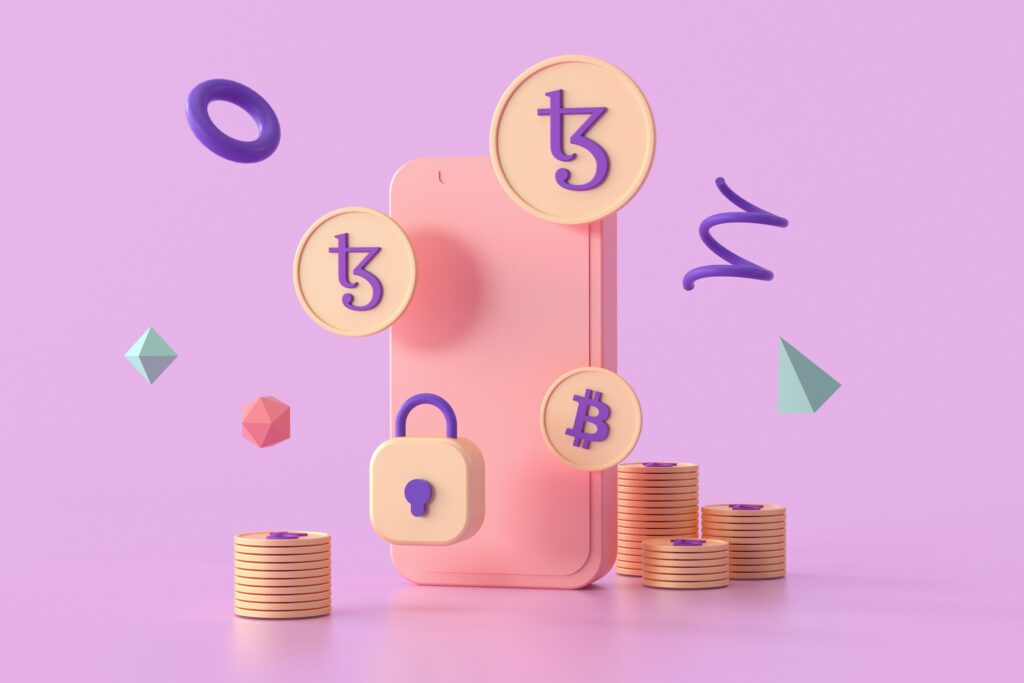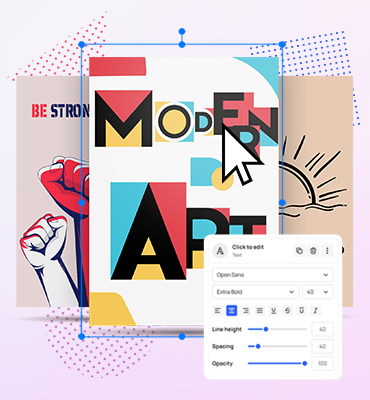A Look Into the Future of NFT: What Will the Space Look Like in 10 Years?

In January, Justin Bieber made the headlines when he purchased a non-fungible token (NFT) entitled ‘bored ape’ for $1.3 million. Less than a month later, he purchased another NFT from the same group for $470K. Thanks to him and other celebrities, NFTs have been in the spotlight recently, with many casual observers dismissing the trend as a fad. But where is this trend going, what is the future of NFT and what will the NFT world look like in ten years? We will provide some theories questions in this article.
Firstly, if you’re new to the space, you are probably wondering what is an NFT. The term stands for non-fungible token and it is a non-interchangeable unit of data stored on a blockchain, a form of digital ledger, that can be sold and traded.
In simpler terms, when you buy an NFT, you are buying the right to own a digital file. The system is most commonly used for items such as art, music, videos, and in-game purchases and add-ons. If you buy a new horse for your Minecraft village, for example, then that horse would be considered an NFT. Right now, it is art NFTs that seem to be making the headlines. But in the future, we could see different tokens gain prominence.
If you wonder how NFTs are created, we are happy to say that you can easily do so with our intuitive tool. Read more about it here:
The Future of NFT Gaming
NFT Gaming is already popular, with hundreds of games constructed around the model. But NFTs are already exploring changes to the way that in-game marketplaces operate, and we can only expect that to continue in the future. Play-to-earn (P2E) games are growing in popularity, with titles such as Axie Infinity and Blankos Block Party attracting millions of fans.
The opportunity to earn digital currency while playing video games in this way is particularly popular in developing countries. £1 billion has already been traded on the Axie platform, showing that this model can be successful. This is why we predict that over the next ten years more games of this type will enter the arena.
But the gaming trend that will revolutionize NFT gaming over the next ten years is the arrival of the Metaverse. This shared digital space combining virtual and physical reality will be the future of NFT gaming, with users bidding to own real estate and other assets within the metaverse. Forecasters suggest that assets within this meta world may even become as significant and tangible assets.
The Future of Art NFTs
2021 was a big year for NFT art, with several huge sales attracting mainstream media attention. Statistics suggest that 40,000 pieces of NFT art are currently being purchased every month, and while the art world is constantly evolving, there can be no denying that NFT has revolutionized the art world. One thing that many experts within the art arena are predicting is that NFTS will lead to the democratization of art. There will be no more traditional gatekeepers (galleries, museums, experts) to determine what is and isn’t ‘good’ art. The buyers will instead determine whether a piece is worth it.
As a near-direct result of this, we will also see increased diversity and representation within the fine art world. Anyone with talent, skills, and access to relevant software, such as the Mediamodifer design tool, will be able to create art and reach the masses. Finally, as a result of these factors, we will see greater freedom, independence, and artistic license given to artists. NFTs allow for direct patronage from fans, so artists won’t be as dependent on corporate or brand patronage. Of course, there will always be a role for curators to guide our experiences of the art world. This change will allow artists to create works that appeal directly to the audience that appreciates them the most.
NFTs as Digital Twins
Perhaps the biggest prediction for the future of NFTs is that every product will have a digital twin. A digital twin is a digital copy of a physical product or asset. Essentially, it allows for a digital record of ownership of physical assets, and it has a wide range of practical applications. So if, for example, you buy a Gucci bag? You would have a digital Gucci bag too, if this theory turns out to be correct.
One benefit is that it would eliminate the huge industry that trades fake goods (particularly high-value, designer goods) as they would be unable to fake the digital asset alongside the tangible one. Because digital twins would be stored on a decentralized blockchain, they would be impossible to replicate. This is an incredibly attractive proposition for many brands and one they are looking at very seriously.
Are NFTs a good investment? We believe so but, ultimately, we all have to wait and see.
Visualize your design Use a product mockup to showcase your design

Create your design Use our templates to create delightful designs for any medium
